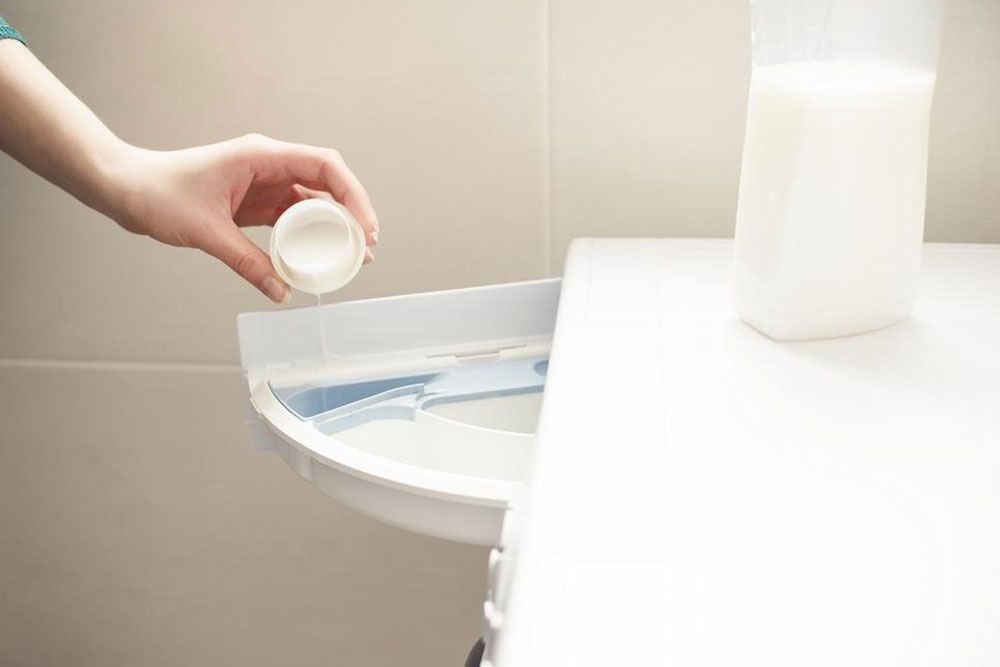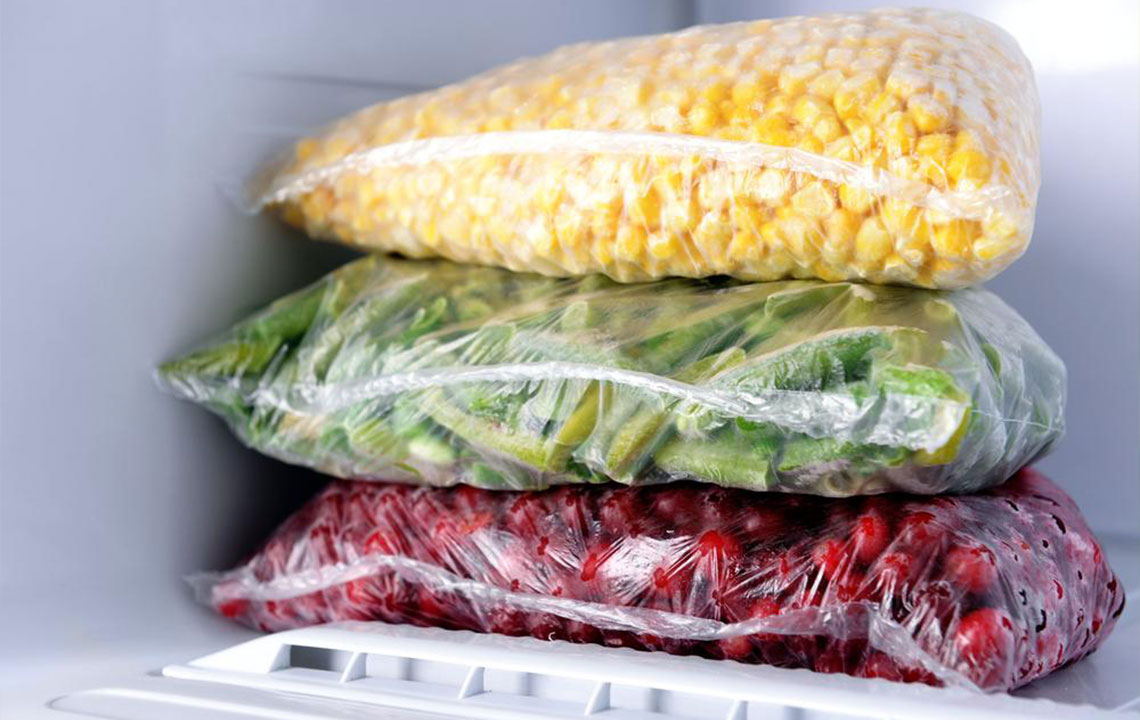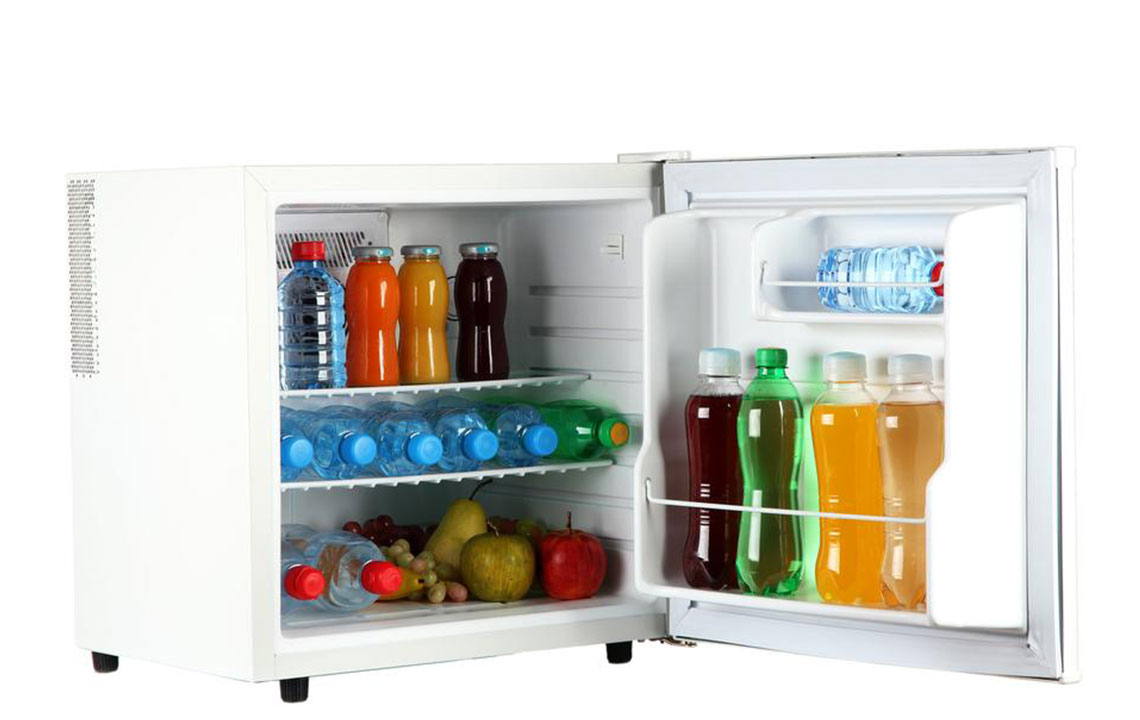Comprehensive Guide to Proper Maintenance and Cleaning of Your Chest Freezer
Learn comprehensive tips for maintaining your chest freezer’s cleanliness and efficiency. This guide covers safety precautions, ice removal, cleaning solutions, and organization strategies to ensure your freezer remains odor-free, hygienic, and long-lasting. Regular maintenance enhances food safety and optimizes freezer performance, helping you enjoy fresh frozen foods while extending the appliance’s lifespan.

Essential Tips for Keeping Your Chest Freezer Clean, Odor-Free, and Efficient
Effective strategies to maintain a spotless and hygienic chest freezer
Maintaining a clean and well-maintained chest freezer is crucial for food safety, ensuring the longevity of the appliance, and preventing unpleasant odors. Despite being an essential household appliance, many homeowners tend to overlook regular cleaning routines, which can lead to issues such as mold growth, bacteria accumulation, and spoilage of stored food. Proper maintenance not only preserves the freshness of your frozen goods but also optimizes the freezer’s performance, ensuring it works efficiently and consumes less energy over time.
While weekly cleaning may not be necessary, scheduling comprehensive deep cleaning sessions every few months is highly recommended. These periodic cleanings can help you remove accumulated dust, ice buildup, and residues that often go unnoticed. Below, you'll find a detailed, step-by-step guide to help you keep your chest freezer in top condition, promoting a healthy and hygienic storage environment for your food supplies.
Step 1: Turn Off and Prepare for Cleaning
Before starting any cleaning process, always unplug your chest freezer or switch it off to ensure safety. This step is critical to prevent electrical hazards and facilitate thorough cleaning. For added safety, consider wearing protective gloves to guard your hands from cold surfaces and cleaning agents. If your chest freezer is heavily frosted or has ice buildup, defrosting is an essential initial step. To make the defrosting process quicker and easier, place a bowl filled with hot water inside the freezer to generate steam, which helps loosen ice. Leave the door closed for about 30 minutes, or until the ice melts sufficiently. Once the ice starts to melt, you can gently chip away remaining ice using a plastic spatula to avoid damaging the interior lining.
Step 2: Remove Food Items and Shelves
Carefully remove all food items from the freezer. It’s advisable to transfer ice cubes into a cooler with ice packs to keep them frozen during cleaning. Sort through the stored products, inspecting for expired or spoiled items, and discard anything no longer safe to consume. If your model is upright or has removable shelves and drawers, detach these components and wash them separately in warm, soapy water. Cleaning the shelves thoroughly prevents the buildup of mold, bacteria, and residues. Be sure to wipe the interior walls and door seals thoroughly as well, as these areas tend to trap dirt and debris.
Step 3: Prepare and Apply Cleaning Solution
For cleaning, create a gentle yet effective solution using common household ingredients such as hot water mixed with vinegar or baking soda. These natural solutions are safe, non-toxic, and excellent for removing odors, stains, and bacteria. Avoid using harsh chemical detergents or abrasive cleaners that could damage the interior surfaces. Soak a soft sponge, microfiber cloth, or an old toothbrush in your cleaning solution and gently scrub all interior surfaces, paying close attention to corners, door seals, and joints. These areas are often overlooked but are critical in preventing mold growth and bad smells. After scrubbing, rinse with clean water and wipe dry with a clean cloth.
Step 4: Dry and Reassemble
Once all surfaces are thoroughly cleaned and dried, reassemble the shelves and drawers. Dry the interior completely to prevent mold and mildew formation. Before restocking, inspect the food for freshness, and organize items neatly to facilitate easy access and prevent clutter. Proper organization also allows for better airflow, helping the freezer operate efficiently. Consider using storage bins or labeled containers to keep your frozen goods tidy and easy to locate during future use.
Regularly scheduled deep cleaning ensures your chest freezer remains odor-free, hygienic, and fully functional. Maintaining a clean appliance not only extends its lifespan but also guarantees your stored foods stay nutritious and safe for consumption. Incorporate these cleaning routines into your regular household maintenance to enjoy optimal performance and peace of mind.




